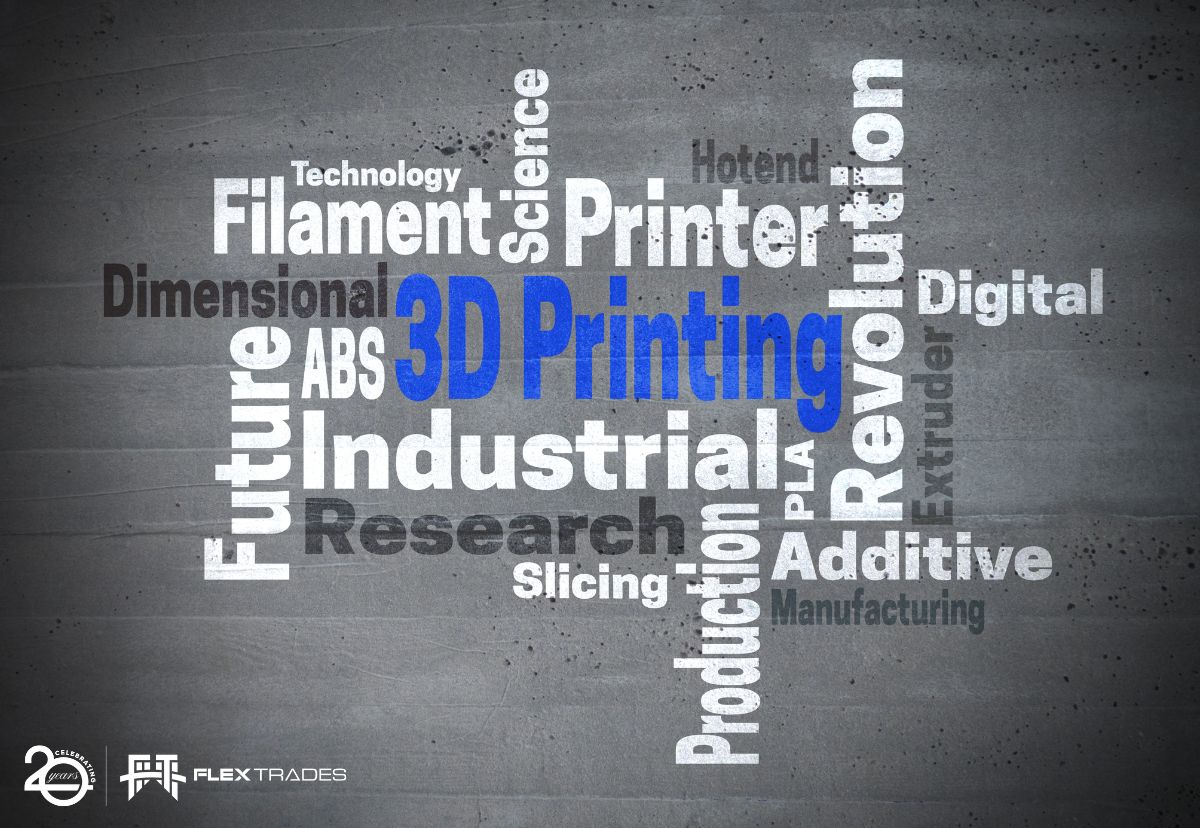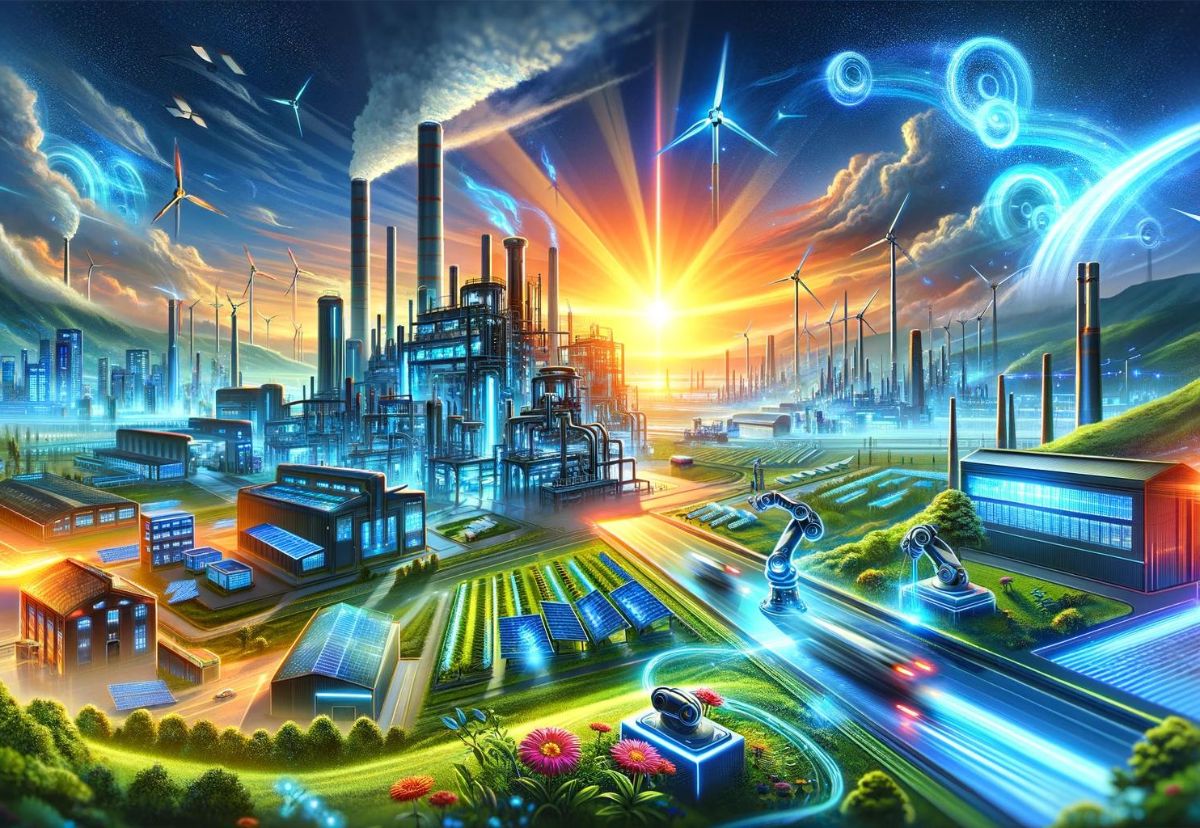Additive manufacturing, or 3D printing, stands at the threshold of revolutionizing U.S. manufacturing. Over the next 20 years, additive manufacturing is predicted to transcend its prototyping roots, maturing into a key driver for production across various sectors, including the aerospace, medical and automotive industries. The adoption of additive manufacturing promises to enhance production capacity, facilitate personalized production and streamline supply chains. But will those promises live up to the hype? Let’s find out.
A Decade of Transformation
In the next decade, we will likely witness additive manufacturing becoming more entrenched in traditional manufacturing processes, especially where customization and complex designs are paramount. For instance, in the medical and dental fields, additive manufacturing is poised to further personalize patient care through tailored solutions, enhancing both quality and efficiency. As we move towards 2033, the integration of additive manufacturing across the United States is expected to accelerate, fueled by advancements in materials and digital technologies.
Mid-Term Prospects: 15 Years Ahead
By 2038, additive manufacturing could redefine manufacturing landscapes, with increased adoption driven by its ability to produce complex designs that traditional methods cannot match. However, challenges like high production costs, limited scale in production volumes and technical barriers such as design knowledge and integration with existing manufacturing systems may temper its growth.
The 20-Year Horizon
Looking two decades ahead, the future of additive manufacturing in the U.S. hinges on overcoming current limitations. The evolution of additive manufacturing technology, including advancements in materials and processes, will be crucial. If these challenges are addressed, additive manufacturing could significantly alter the manufacturing ecosystem, enabling sustainable, efficient and localized production models.
Challenges on the Path to Adoption
Despite its potential, several obstacles hinder additive manufacturing’s widespread adoption. The high cost of production, particularly with metal additive manufacturing, and the scale limitations of current machines, pose significant challenges. The technology also faces a skills gap in design for additive manufacturing and concerns about cybersecurity and intellectual property protection.
Embracing the Additive Revolution
For additive manufacturing to reach its full potential, a concerted effort across the industry is necessary. This includes investment in R&D, workforce training and developing new business models tailored to additive manufacturing’s capabilities. As companies navigate these challenges, the integration of additive manufacturing into mainstream production will likely become more prevalent.
FlexTrades’ Vision: Navigating the Additive Landscape
FlexTrades envisions a future where additive manufacturing is seamlessly integrated into U.S. manufacturing processes, driven by innovation and efficiency. To achieve this, we must invest in technological advancements, educate the workforce and foster a culture of continuous improvement and adaptation to new manufacturing paradigms.
What Lies Ahead?
As we ponder the future of manufacturing in the United States, additive manufacturing stands as both a beacon of potential and a challenge to conventional wisdom. Will the allure of digital, customizable and efficient production through additive manufacturing outweigh the hurdles of cost, scale and technical integration? The answer lies in our collective ability to innovate, adapt and embrace the future of smart manufacturing. The journey of additive manufacturing from a niche technology to a cornerstone of industrial production will not only test our resolve but also shape the legacy of U.S. manufacturing in the global arena.





